Canadian SKS: A Classic Firearm with a Unique History
Title: Exploring the Allure of Canadian SKS Rifles: A Comprehensive Guide

Introduction:
Canadian SKS rifles have long captivated firearm enthusiasts with their unique design, historical significance, and reliable performance. In this comprehensive guide, we delve into the world of Canadian SKS rifles, discussing their origins, key features, legal considerations, and the reasons behind their enduring popularity among collectors and shooting enthusiasts.
When it comes to firearms, there are few that hold the historical significance and unique design of the Canadian SKS. This semi-automatic rifle has a long and fascinating story that is intertwined with Canada’s military history and its relationship with the former Soviet Union. In this article, we’ll explore the Canadian SKS’s history, design, and its place in the firearms community.
What is the Canadian SKS?
The Canadian SKS is a variant of the Soviet-designed SKS-45 rifle. It was produced in the early 1950s by the Soviet Union and was designed as a replacement for the Mosin-Nagant bolt-action rifle. The SKS-45 was a semi-automatic rifle that was fed by a ten-round stripper clip.
History of the Canadian SKS
In the late 1940s, Canada was looking to replace its aging Lee-Enfield bolt-action rifles. The Canadian government looked to the Soviet Union for a replacement and purchased a large number of SKS-45 rifles. These rifles were then modified to meet Canadian military standards and were designated as the C1 rifle.
The Canadian military used the C1 rifle from the 1950s to the 1980s. During this time, the rifle saw action in a number of conflicts, including the Korean War and the Vietnam War. The Canadian SKS rifle traces its origins back to the Soviet SKS-45, a semi-automatic carbine developed in the aftermath of World War II. We explore the historical context of the SKS rifle and its adoption by the Canadian military, shedding light on its role and significance in Canadian firearm history.
Design of the Canadian SKS
The Canadian SKS has a number of unique design features that set it apart from other rifles of its time. The rifle has a wooden stock and handguard, and the barrel is shorter than most rifles of its caliber. The receiver is also smaller, which makes the rifle lighter and easier to handle.
The Canadian SKS has a gas-operated action, which means that gas from the fired round is used to cycle the action and load the next round. This design makes the rifle more reliable and easier to maintain than other rifles of its time.
Shooting the Canadian-SKS

The Canadian-SKS is a joy to shoot. The rifle has a mild recoil, which makes it easy to control, even for novice shooters. The ten-round magazine also allows for a relatively fast rate of fire, which makes the rifle an effective tool for hunting and target shooting.
Collecting the Canadian-SKS
The Canadian-SKS has become a popular collectible among firearms enthusiasts. The rifle’s unique history and design make it a fascinating addition to any collection. The rifle’s relative rarity also adds to its value, with well-maintained rifles often selling for thousands of dollars.
- Versatility and Performance The Canadian-SKS is a highly versatile and reliable firearm that is ideal for hunting, sport shooting, and recreational activities. With its lightweight and compact design, it is easy to carry and maneuver in any environment. The rifle’s reliable gas-operated mechanism ensures consistent performance, while the adjustable iron sights allow for precise aiming and accurate shots. Whether you’re a beginner or an experienced shooter, the Canadian-SKS is an excellent choice for all your shooting needs.
- Durability and Quality The Canadian-SKS is built to last, with high-quality materials and excellent craftsmanship. Its rugged construction makes it resistant to wear and tear, while the sturdy stock provides a comfortable and stable grip. The rifle’s chrome-lined barrel is corrosion-resistant and easy to clean, ensuring that it will last for years to come. Additionally, the rifle’s magazine is detachable, making it easy to load and unload quickly and safely.
- Safety and Reliability Safety is a top priority when it comes to firearms, and the Canadian-SKS delivers. The rifle’s safety mechanism ensures that the firearm will not discharge accidentally, providing peace of mind to the shooter. Additionally, the rifle’s semi-automatic action allows for fast and efficient shooting, while the rifle’s muzzle brake reduces recoil and makes shooting more comfortable.
The Canadian SKS is a classic firearm with a unique history and design. Its role in Canada’s military history and its place in the firearms community make it an important part of firearms culture. Whether you’re a collector or a shooter, the Canadian-SKS is a rifle that is worth experiencing.
- Key Features of Canadian SKS Rifles:
Canadian SKS rifles boast several distinctive features that set them apart from other variants. We discuss these features in detail, including the 20-inch barrel, the bayonet attachment, the 10-round integral magazine, the adjustable sights, and the unique grenade-launching capability. By understanding these features, readers gain a deeper appreciation for the craftsmanship and functionality of Canadian SKS rifles. - Legal Considerations:
It is crucial to address the legal considerations surrounding the ownership and use of Canadian SKS rifles. We provide an overview of the current regulations governing these firearms in Canada, including licensing requirements, transportation rules, and restrictions on modifications. This section aims to ensure that readers fully understand their rights and responsibilities as Canadian SKS owners. - Collectibility and Investment Potential:
Canadian SKS rifles have gained significant collectibility and investment value over the years. We explore the factors contributing to their desirability among firearm collectors, such as their historical significance, limited production numbers, and unique markings. Additionally, we discuss the potential for Canadian SKS rifles to appreciate in value, making them an intriguing investment option for enthusiasts. - Maintenance and Care:
Proper maintenance and care are essential for the longevity and performance of any firearm, and Canadian SKS rifles are no exception. We provide practical tips and guidelines on cleaning, lubrication, storage, and routine maintenance to help owners keep their rifles in optimal condition. By following these recommendations, users can ensure that their Canadian SKS rifles remain reliable and functional for years to come. - Shooting and Range Experience:
For shooting enthusiasts, the joy of owning a Canadian SKS rifle lies in its performance on the range. We discuss the shooting characteristics and accuracy of these rifles, highlighting their reputation for reliability and ease of use. Additionally, we provide insights into the optimal ammunition choices and shooting techniques for maximizing the shooting experience with Canadian SKS rifles.
FAQs
- Is it legal to own a Canadian-SKS in Canada? Yes, it is legal to own a Canadian-SKS in Canada. However, you must have a valid firearms license and the rifle must be registered with the Canadian Firearms Program.
- What is the difference between a Canadian SKS and a Soviet SKS? The Canadian SKS is a variant of the Soviet-designed SKS-45 rifle that was modified to meet Canadian military standards. The Canadian SKS has a number of unique design features, including a shorter barrel and a smaller receiver.
- What is the value of a Canadian SKS? The value of a Canadian-SKS depends on a number of factors, including its condition, rarity, and history. Well-maintained rifles can sell for thousands of dollars.
- Can the Canadian SKS be used for hunting? Yes, the Canadian SKs
canadian sks conclusion
Canadian SKS rifles continue to captivate firearm enthusiasts with their unique design, historical significance, and reliable performance. Whether you are a collector, a shooting enthusiast, or simply interested in Canadian firearm history, this comprehensive guide provides valuable insights into the allure of Canadian SKS rifles. By understanding their origins, features, legal considerations, and maintenance requirements, you can fully appreciate the rich legacy and enduring popularity of these remarkable firearms.
Title: Unveiling the Limitations of the Canadian SKS: A Comprehensive Overview
Introduction:
The Canadian SKS, a popular variant of the Soviet-era SKS rifle, has gained a significant following among firearm enthusiasts. While it offers several advantages, it’s essential to explore its drawbacks to make an informed purchasing decision. In this SEO content, we will delve into the limitations of the Canadian SKS, highlighting areas where it may fall short compared to other rifle options.
1. Restricted Magazine Capacity:
One of the primary drawbacks of the Canadian SKS is its restricted magazine capacity. The rifle is typically designed to accept a fixed 5-round magazine, which can be a significant limitation for shooters who desire higher round counts without the need for frequent reloading. While aftermarket detachable magazines are available, their use may be subject to legal restrictions depending on the jurisdiction.
2. Limited Customization Options:
Compared to modern semi-automatic rifles, the Canadian SKS has limited customization options. The rifle’s design and features make it challenging to modify or upgrade certain components, such as the stock, handguard, or barrel. This can be a drawback for shooters who enjoy personalizing their firearms or who seek specific enhancements to improve performance or ergonomics.
3. Non-Standard Optics Mounting:
The Canadian SKS lacks a standardized optics mounting system, which can make it challenging to attach modern optics such as red dot sights, scopes, or magnifiers. While there are aftermarket solutions available, they often require additional modifications or may not provide the same level of stability and ease of use as a purpose-built optics mounting system.
4. Limited Accessory Rail Options:
The original design of the Canadian SKS does not include a built-in accessory rail, limiting the attachment options for accessories such as lights, lasers, or foregrips. Shooters who prefer a rifle with a wide range of accessory rail options may find the Canadian SKS lacking in this aspect.
5. Limited Sling Mounting Options:
The Canadian SKS typically has limited sling mounting options. The absence of dedicated sling attachment points can make it challenging to configure a sling for convenient carrying or transitioning between shooting positions. Shooters who rely on slings for stability or ease of transport may find the limited sling mounting options of the Canadian SKS to be a drawback.
6. Restricted Fire Selector:
The Canadian SKS is typically designed with a fixed or modified fire selector that limits its firing mode to semi-automatic only. This lack of select-fire capability can be a disadvantage for shooters who prefer the versatility of a rifle with multiple firing modes, such as semi-automatic and fully automatic.
7. Limited Long-Range Accuracy:
While the Canadian SKS is a reliable rifle within its effective range, it may exhibit limitations in long-range accuracy compared to modern precision rifles. Factors such as barrel length, sight radius, and the rifle’s inherent design may impact its ability to consistently deliver pinpoint accuracy at extended distances.
Conclusion:
While the Canadian SKS offers many benefits, it’s important to consider its drawbacks before making a purchasing decision. These limitations include restricted magazine capacity, limited customization options, non-standard optics mounting, limited accessory rail options, limited sling mounting options, restricted fire selector, and potential limitations in long-range accuracy. By understanding these drawbacks, potential buyers can evaluate whether the Canadian SKS aligns with their specific shooting needs and preferences. It’s crucial to consider factors such as intended use, desired customization options, shooting range requirements, and legal considerations to make an informed choice when selecting a rifle.
Here are some additional details regarding the drawbacks of the Canadian SKS:
1. Reloading Time: The fixed 5-round magazine of the Canadian SKS can lead to increased reloading time compared to rifles with larger magazine capacities. Shooters who engage in dynamic shooting scenarios or competitions may find the limited capacity of the SKS to be a disadvantage, as it requires more frequent reloading, potentially affecting their shooting rhythm and overall performance.
2. Weight Distribution: The design of the Canadian SKS features a large and heavy wooden stock, which contributes to its overall weight. While the weight can aid in recoil management, it can also make the rifle feel front-heavy, potentially impacting maneuverability and balance. Shooters who prefer a more balanced or lightweight rifle may find the weight distribution of the SKS to be less desirable.
3. Limited Modern Features: The Canadian SKS is a rifle with a design that dates back to the mid-20th century. As such, it lacks some of the modern features found in contemporary semi-automatic rifles. These features can include ambidextrous controls, improved ergonomics, enhanced recoil management systems, and more advanced sighting options. Shooters who prioritize these modern features may find the Canadian SKS to be lacking in comparison.
4. Limited Availability of Spare Parts: Due to its specific design and limited production compared to other rifle platforms, finding spare parts for the Canadian SKS can sometimes be challenging. This can make repairs or replacements more difficult, potentially leading to longer downtime if the rifle requires maintenance or if parts need to be replaced.
5. Limited Support for Aftermarket Accessories: While there are aftermarket accessories available for the Canadian SKS, the selection may be more limited compared to other popular rifle platforms. This can restrict the ability to personalize or upgrade the rifle according to individual preferences. Shooters who enjoy exploring a wide range of aftermarket options may find the selection for the Canadian SKS to be relatively limited.
6. Limited Ergonomic Adjustability: The original design of the Canadian SKS does not offer much in terms of adjustable features, such as a collapsible stock or adjustable comb height. This can limit the ability to customize the rifle’s fit to match the shooter’s body size, shooting style, or preferences. Shooters who prioritize ergonomic adjustability for improved comfort and control may find the Canadian SKS less accommodating in this regard.
7. Limited Modern Sighting Options: While the Canadian SKS typically comes with iron sights, it may lack the versatility and precision offered by modern sighting systems such as red dot sights or magnified scopes. Shooters who require advanced sighting options for specific shooting applications, such as long-range shooting or low-light conditions, may find the iron sights of the Canadian SKS to be less suitable.
By considering these additional details about the drawbacks of the Canadian SKS, potential buyers can gain a more comprehensive understanding of the limitations associated with this rifle platform. It’s important to assess these drawbacks in relation to individual shooting preferences, intended use, and requirements to make an informed decision when selecting a firearm.
Title: Unveiling the History of the Canadian SKS: A Fascinating Journey
Introduction:
The Canadian SKS, a variant of the renowned Soviet SKS rifle, carries with it a rich and captivating history. In this SEO content, we will delve into the origins, development, and notable milestones in the history of the Canadian SKS. Understanding the historical context of this iconic rifle can deepen our appreciation for its significance and enduring popularity among firearm enthusiasts.
1. Origins in the Soviet Union:
The story of the Canadian SKS begins with its predecessor, the Soviet SKS rifle. Developed by Sergei Gavrilovich Simonov in the late 1940s, the SKS (Samozaryadny Karabin sistemy Simonom) was initially designed to bridge the gap between bolt-action rifles and fully automatic rifles like the AK-47. It entered service with the Soviet military in 1949 and gained a reputation for reliability and ruggedness.
2. Canadian Production:
In the late 1940s and early 1950s, Canada sought to modernize its military arsenal. To meet the demand for a reliable and cost-effective rifle, the Canadian government negotiated a contract with the Soviet Union to obtain SKS rifles for domestic production. In 1951, production of the Canadian SKS began at the Long Branch Arsenal in Ontario, Canada.
3. Unique Features:
The Canadian SKS retained many of the design features of the original Soviet SKS, including its gas-operated, semi-automatic action and chambering for the 7.62x39mm cartridge. However, several modifications were made to adapt the rifle to Canadian specifications. These modifications included the addition of a bayonet lug, a spike bayonet, and a unique marking denoting its Canadian origin.
4. Military Service and Surplus:
The Canadian SKS primarily served as a military rifle, equipping the Canadian Armed Forces during the Cold War era. However, as military surplus rifles became available to the civilian market, the Canadian SKS gained popularity among firearms enthusiasts and collectors. Its combination of historical significance, reliability, and affordability contributed to its widespread appeal.
5. Legal Changes and Restrictions:
Over time, legal changes and regulations regarding firearm ownership and classification have impacted the availability and use of the Canadian SKS. Various provincial and federal laws have been implemented to address firearm control and public safety concerns. These regulations have influenced the availability of the Canadian SKS in certain jurisdictions and have sometimes resulted in modifications or restrictions on its features.
6. Collectability and Historical Significance:
The Canadian SKS holds a special place in the world of firearms collecting, as it represents an important chapter in Canada’s military history. Its unique markings, historical context, and association with the Soviet SKS have contributed to its collectability and desirability among firearms enthusiasts and history buffs alike.
Conclusion:
The history of the Canadian SKS is a fascinating journey that traces its roots back to the Soviet Union and its development as a reliable military rifle. From its production in Canada to its transition into the civilian market as a sought-after surplus rifle, the Canadian SKS has left an indelible mark on firearm history. Understanding its origins and evolution enhances our appreciation for this iconic rifle and its enduring popularity in the firearms co
Reviews
There are no reviews yet.
Related products
Uncategorized
Uncategorized
Uncategorized
Uncategorized
Uncategorized
Uncategorized
Uncategorized
Uncategorized


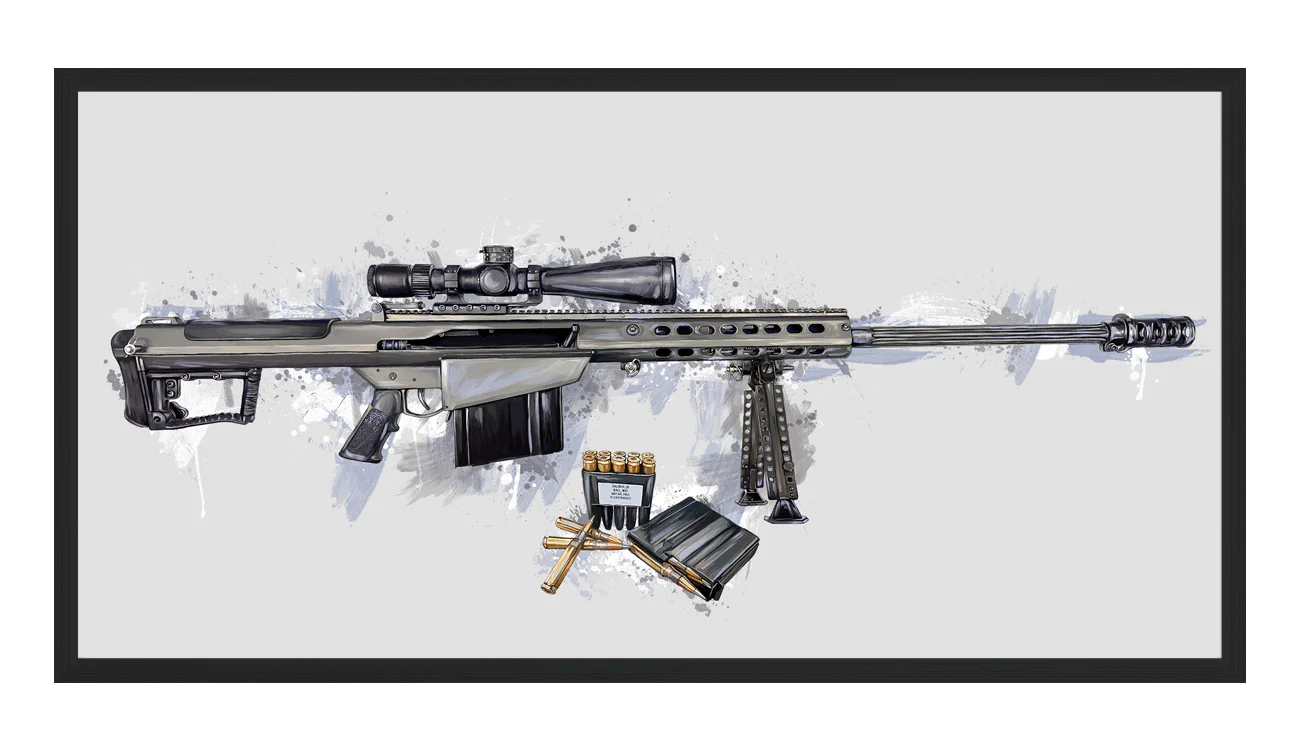
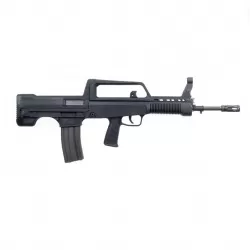

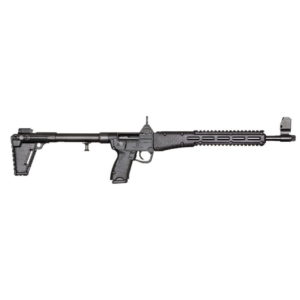


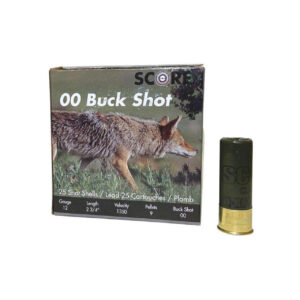


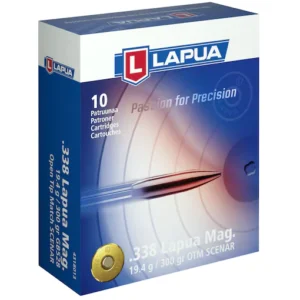

Be the first to review “Canadian SKS For Sale”